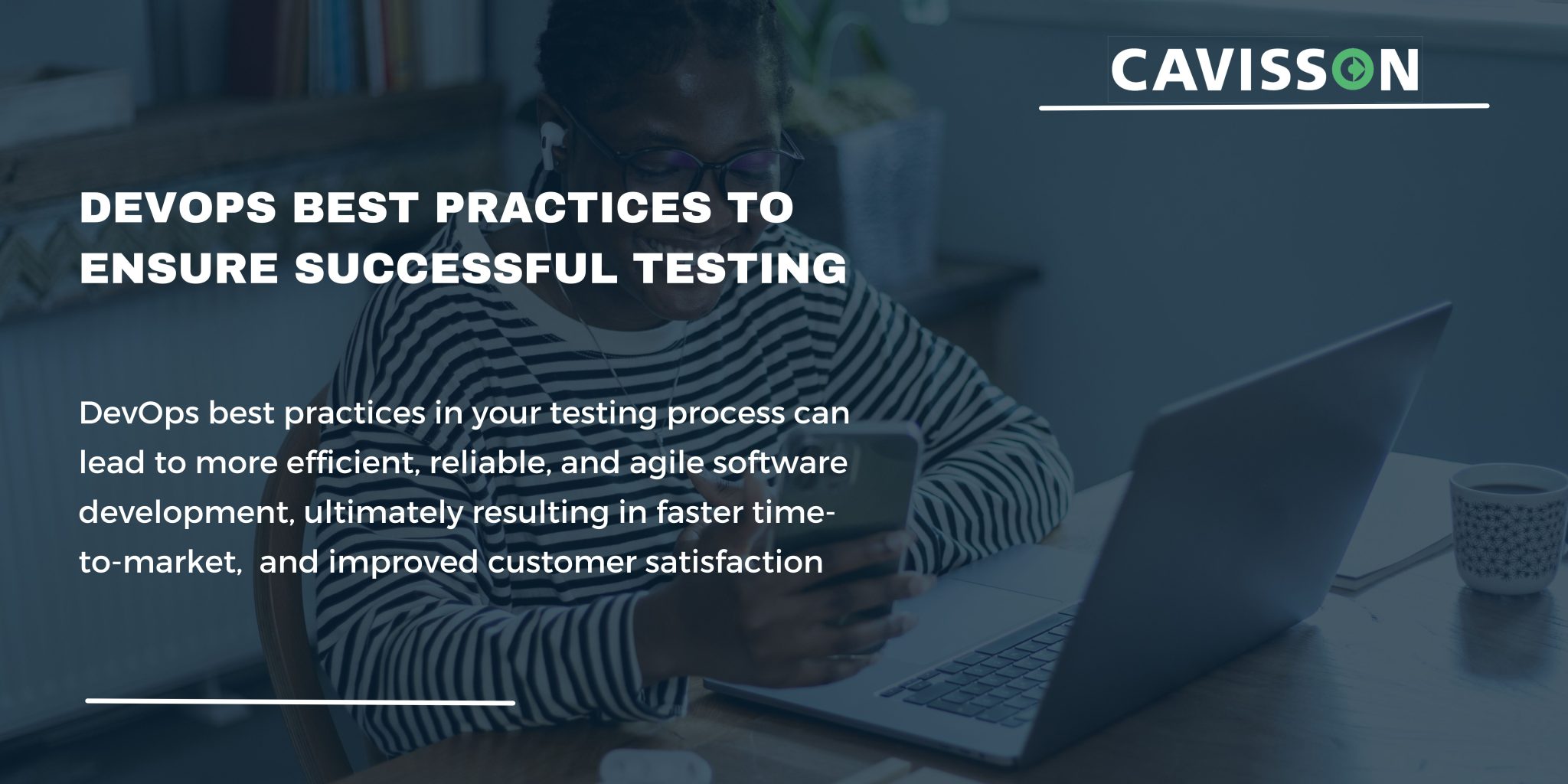
Introduction
Best DevOps Practices for Successful Testing:
Best Practices | Importance | Benefits |
Shift-Left Testing | Start testing early in the development process, even before the code is complete, to catch defects at an early stage. | Early detection and resolution of issues reduce the cost and effort of fixing bugs later in the development cycle. |
Automation | Automate testing processes to increase efficiency and consistency in test execution. | Faster testing, reduced manual errors, and quicker feedback to developers, leading to faster release cycles. |
Continuous Integration (CI) | Integrate code changes into a shared repository frequently, allowing for regular testing and early error detection. | Identifies integration issues early, helps maintain code quality, and speeds up development. |
Continuous Delivery (CD) | Automate the deployment process to ensure that software can be released to production at any time. | Reduces the time and risk associated with deploying changes to production, enabling more frequent and reliable releases. |
Test Environment Management | Maintain consistent test environments that mirror production, reducing environment-related issues during testing. | Tests accurately represent real-world conditions, leading to more reliable results. |
Monitoring and Feedback Loop | Continuously monitor the application in production to detect issues and gather user feedback. | Enables proactive issue detection, rapid response to problems, and the ability to incorporate user feedback for future improvements. |
Feedback-Driven Improvement | Use test results and user feedback to improve the testing process and product quality continuously. | Drives ongoing enhancements to increase user satisfaction and maintain a competitive edge. |
Collaboration and Communication | foster a culture of collaboration between development, testing, and operations teams. | Improves knowledge sharing, aligns goals, and reduces misunderstandings, resulting in better testing outcomes and faster issue resolution. |
Scalability and Resilience Testing | Test the application’s ability to handle increasing loads and recover from failures. | Ensures the application can handle unexpected spikes in traffic and maintains performance during adverse conditions. |
Security and Compliance Testing | Incorporate security and compliance checks into the testing process to identify vulnerabilities and ensure regulatory compliance. | Mitigates security risks and ensures that the software complies with relevant standards and regulations. |
Documentation and Reporting | Maintain clear and detailed documentation of test cases and results. | Provides a clear history of testing activities, aids in troubleshooting, and supports compliance requirements. |
Test Data Management | Manage and secure test data to ensure that it accurately reflects real-world scenarios. | Prevents data-related issues and supports the testing of various scenarios. |
Incorporating these DevOps best practices into your testing process can lead to more efficient, reliable, and agile software development, ultimately resulting in faster time-to-market, higher product quality, and improved customer satisfaction.
DevOps with Cavisson-
A DevOps environment aims to address the common challenges faced in the industry by increasing how well technical operations and development teams collaborate in order to create an environment signified by a unified team with cross-functional members. Cavisson System’s Load Testing platform incorporates these DevOps practices that aid to work in collaboration, thereby resulting in delivery with maximum speed, functionality, and innovation. These are the DevOps benefits of Cavisson:
❖Automate workflows to optimize delivery
❖Improve performance
❖Stay alerted for performance/ revenue impacts or operating expenses
❖Build better and faster
❖Deliver an exceptional user experience.
❖Grow revenue and contain operational expenses
❖Real-time testing
❖Continuous monitoring
❖An anomaly such as high CPU, memory, or response time
❖Impact on business, revenue, or order
❖Trends and Patterns

Conclusion
It is not as difficult as it may appear to implement these practices. Cavisson can help you bring your development closer to agility. Our platform, combining various aspects of application performance like performance testing, monitoring, chaos engineering, and service virtualization, is easy to use so you can ensure your applications stay performant and resilient.
Contact us today to start your DevOps journey with Cavisson Systems.

